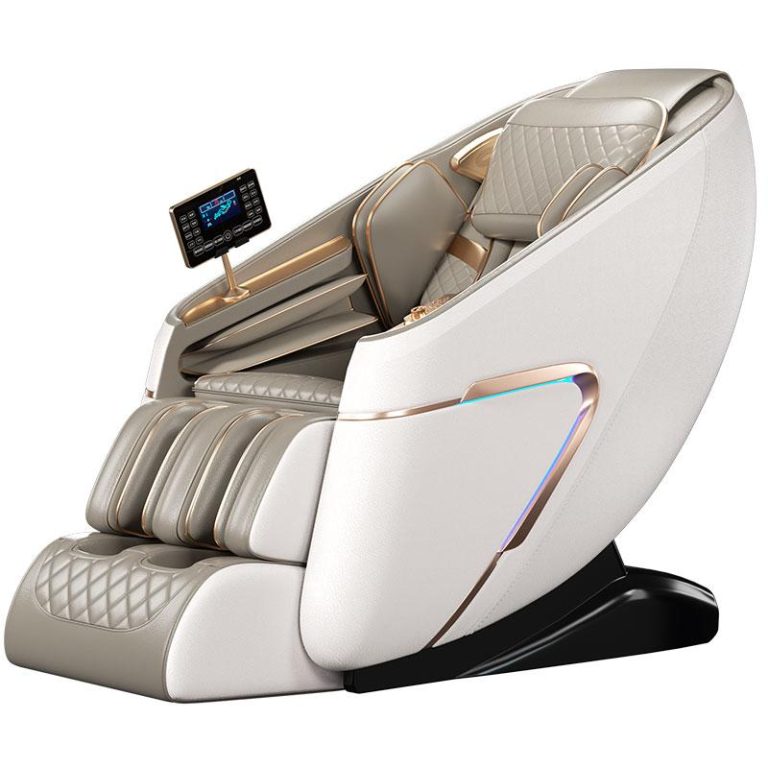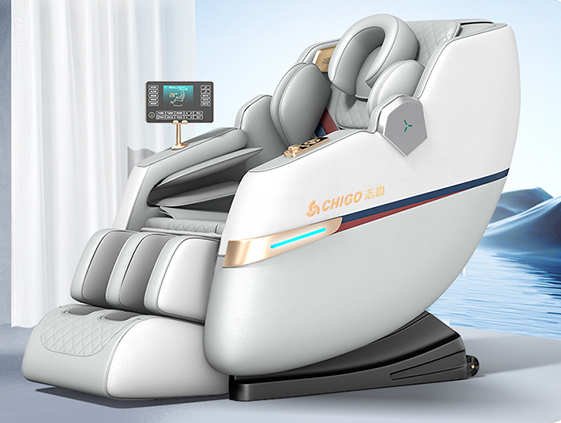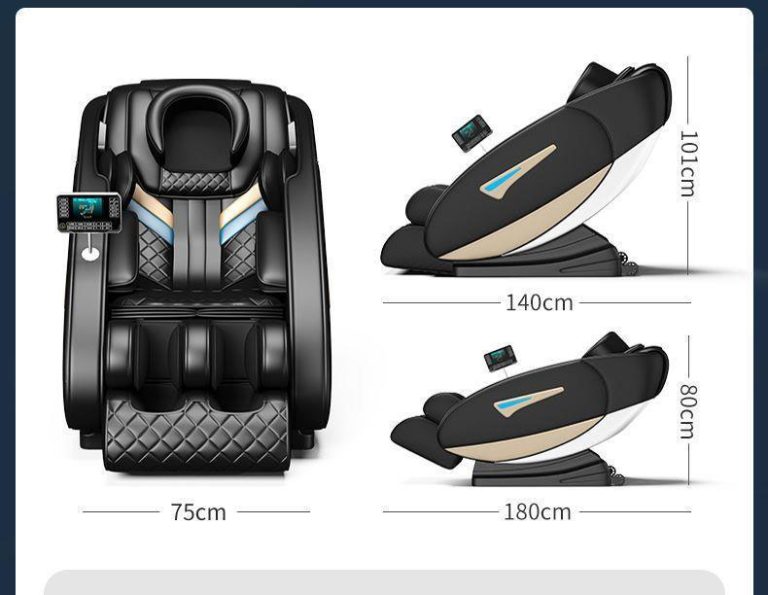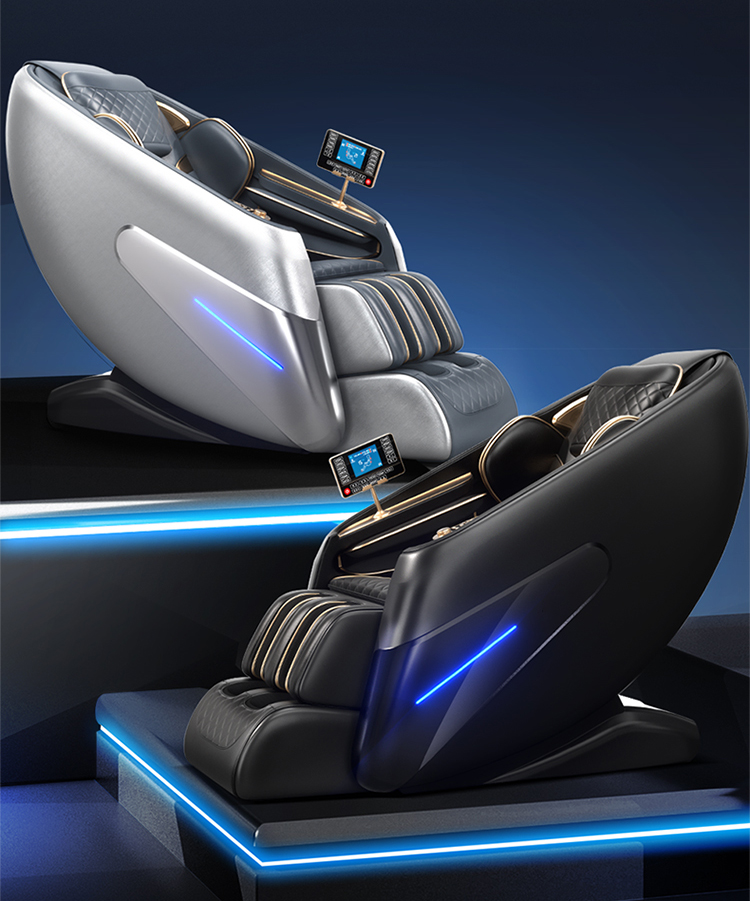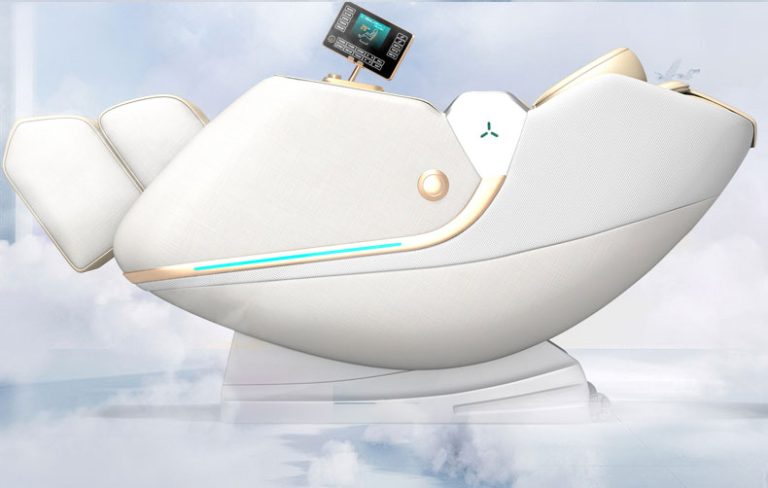The Evolution of Massage Chairs in the 1960s
In the 1960s, massage chairs began to gain popularity as a way to relax and unwind after a long day. These chairs were a far cry from the advanced technology we see in modern massage chairs today, but they laid the foundation for the luxurious and therapeutic chairs we have access to now.
During this time, massage chairs were typically bulky and cumbersome, often resembling recliners more than the sleek and stylish chairs we see today. Despite their less-than-attractive appearance, these chairs were a welcome addition to many homes, offering a convenient way to enjoy a relaxing massage without having to visit a spa or massage therapist.
One of the key features of massage chairs in the 1960s was the use of vibrating motors to provide a soothing massage experience. These motors were strategically placed throughout the chair to target different areas of the body, such as the back, shoulders, and legs. While the vibrations were not as precise or customizable as the massage techniques used in modern chairs, they still provided a sense of relaxation and relief for those who used them.
Another common feature of massage chairs in the 1960s was the use of heat therapy. Many chairs were equipped with heating elements that could be turned on to provide warmth and comfort during a massage. This added element of heat helped to relax muscles and improve circulation, enhancing the overall massage experience.
Despite their popularity, massage chairs in the 1960s were still considered a luxury item and were not as widely available as they are today. Those who were able to afford a massage chair often enjoyed the convenience and relaxation they provided, making them a coveted piece of furniture in many households.
As technology continued to advance throughout the decade, massage chairs began to incorporate more features and capabilities. Some chairs were equipped with air compression systems that could inflate and deflate airbags to provide a more dynamic and customizable massage experience. Others featured rollers and kneading mechanisms that mimicked the hands of a professional massage therapist, offering a more realistic and effective massage.
By the end of the 1960s, massage chairs had evolved significantly from their early predecessors. While they were still far from the advanced chairs we have today, they had laid the groundwork for the innovative and sophisticated chairs that would come in the decades to follow.

In conclusion, the 1960s were a pivotal time for the evolution of massage chairs. These early models may have been bulky and simplistic compared to modern chairs, but they paved the way for the luxurious and therapeutic chairs we have access to today. As technology continues to advance, we can only imagine what the future holds for the world of massage chairs.

